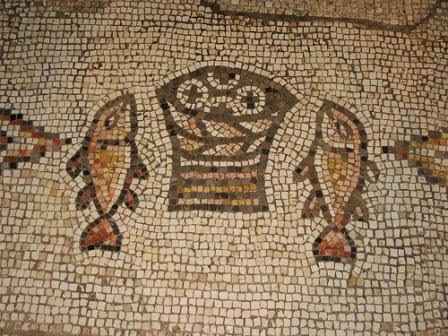Peter, Pius, and What We Leave Behind

I generally have two books going at any given time—one for spiritual enrichment and the other for entertainment. I’m currently reading Jesus: The Son of Man by Kahlil Gibran and Love In the Time of Cholera by Gabriel Garcia Marquez. I’ve also been making my way through an audio version of Michael Cunningham’s The Snow Queen: A Novel. A few days ago, I was listening to The Snow Queen as I went for a walk and I was struck by this passage: There’s something about the courting of disaster, in shopping terms, that fascinates Barrett [one of the book’s main characters], that holds his attention, helps render him satisfied with his current stature. It’s the technically extinct but somehow still plausible hint of calamity implied by the impulse purchase—the impoverished dowager or disinherited young earl who says, “I’m going to walk the earth in this perfectly faded Freddy Mercury t-shirt (two-fifty), I’m going to party tonight in this vintage McQueen minidress (eight hundred), because...



